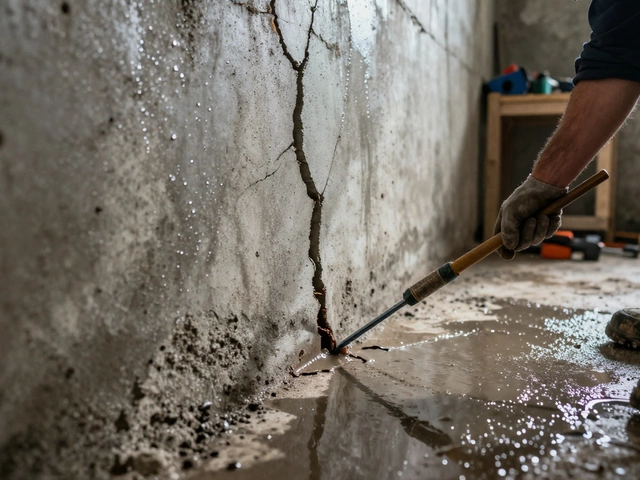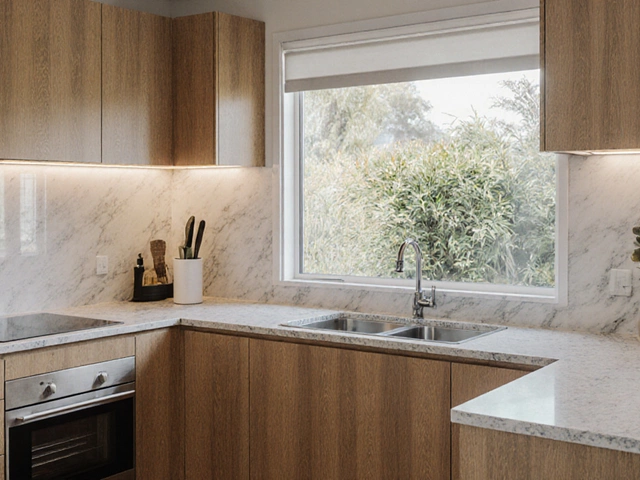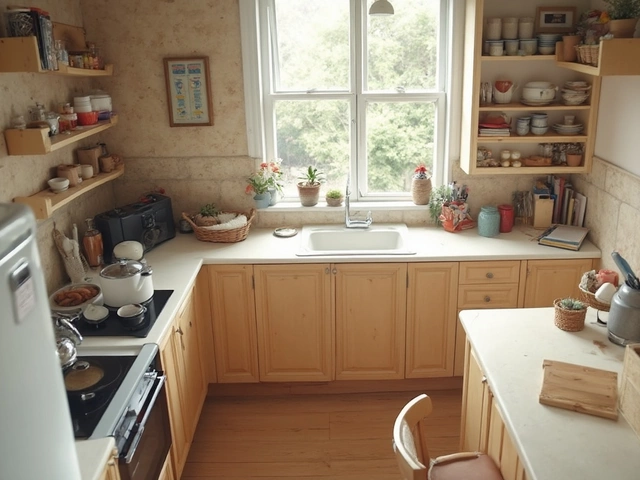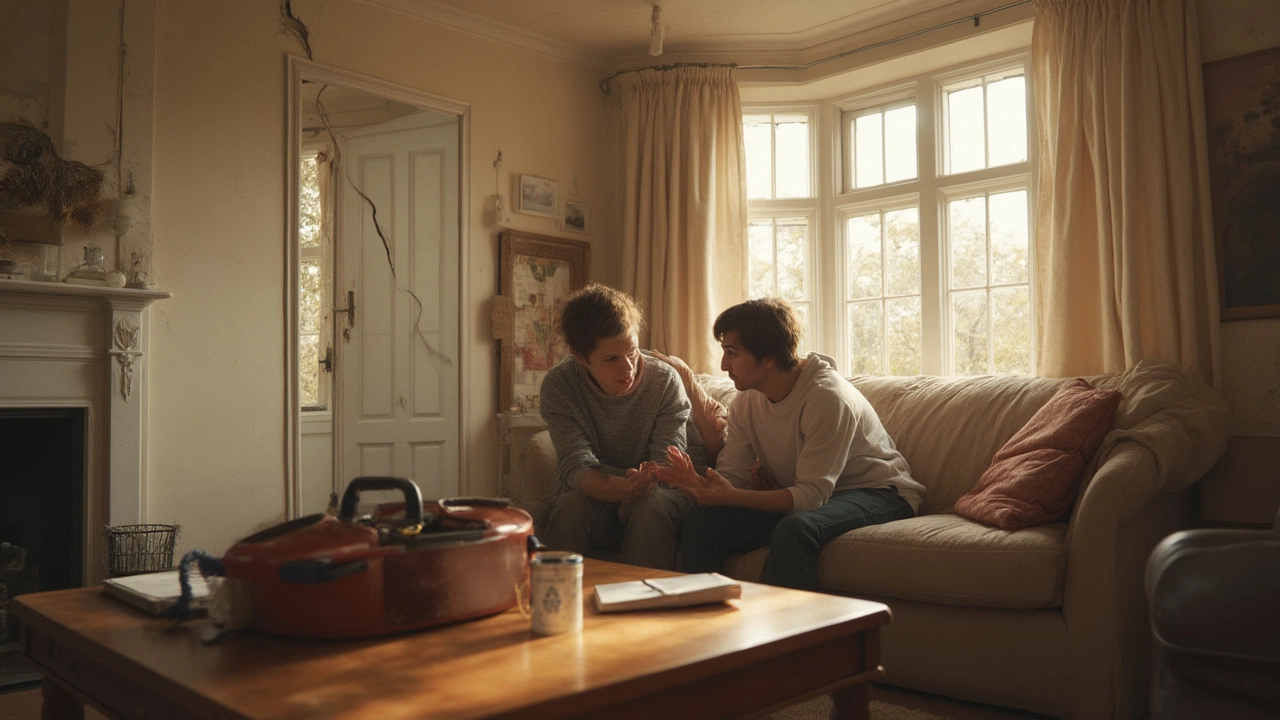
Homeowners, renters, even my own son Gideon when we drive through Auckland, always have the same question if they’re thinking about property: what can go wrong with a building, anyway? Yet, the mess-ups lurking behind those fresh paint jobs and new carpets aren’t always the things you’d expect. I’ve seen some eye-watering blunders—even in brand new homes. New Zealand, oddly enough, has snagged international headlines more than once for building boo-boos (those leaky home nightmares ring a bell?). It’s amazing what you’ll find hidden just behind the plasterboard. If you think cracking walls or wonky windows are just old-house quirks, you’re in for a shock.
Leaky Homes and Moisture Mayhem
Let’s start with the problem everyone in New Zealand loves to hate: leaks. If you’ve never dealt with a leaky building, count yourself lucky. This isn’t just an Auckland problem—cities worldwide get hammered by it—but Kiwis know to sniff for damp because our climate is the perfect storm. Rain, poorly designed cladding, and cheap fixes quickly turn a dream home into a soggy disaster. The government even launched the Weathertight Homes Resolution Service back in 2002 because the leaky homes crisis hit so many people hard. Could you imagine thousands of houses all built within a decade, now rotting from the inside out?
While it might sound obvious, leaks don’t always show up as dramatic puddles on the floor. Sometimes, it’s that musty smell in a closet or weird bubbling paint you keep ignoring. All sorts of things lead to leaks—bad flashing around windows, cracked roof tiles, gaps where pipes sneak inside. Builders rush jobs, slap up the wrong materials for the climate or skimp on waterproofing membranes. Even downpipes disconnected inside the wall cavity (I saw this on a new build in Mount Roskill—water had been flowing behind the kitchen cabinets for months before anyone noticed). And here’s the worst part: the damage often isn’t visible until it’s expensive and dangerous. Timber framing rots, mold creeps in, insulation slumps. Fixes often mean pulling apart whole walls.
If you’re looking to buy, carry a small LED torch and check under sinks, in wardrobes adjacent to external walls, and especially corners near the ceiling. Check for mold, warped skirting boards, or uneven floor surfaces. Use your nose, too—damp or earthy odors are big red flags. An infrared camera is great for larger inspections and can reveal moisture trapped where the eye can’t see. Trust me, that extra bit of snooping during an open home could save you from a lifetime of headaches.
| Year | Reported Leaky Homes (NZ) | Estimated Repair Costs (NZ$) |
|---|---|---|
| 2006 | 6,500 | 760 million |
| 2010 | 17,000 | 11.3 billion |
| 2022 | Over 42,000 | Nearly 16 billion |
The numbers don’t lie. Water is relentless—and fixing its mess is always much pricier than guarding against it in the first place. Always treat leaks seriously, even if you think it’s minor or a one-off event.
Structural Slip-Ups: From Dodgy Foundations to Shaky Frames
Foundations might not be the sexiest part of a house, but they’re the reason any house stands at all. When they go wrong, nothing else matters. Uneven floors, doors that stick, cracks above windows—all classic signs of foundation drama. The 2011 Christchurch earthquake revealed just how vulnerable some New Zealand homes were, thanks to shallow foundations or improper soil testing. But earthquakes aren’t the only villains. Sometimes it’s just poor workmanship: using the wrong concrete mix, failing to compact the soil properly, or even rushing the curing process so cement doesn’t set right.
But issues aren’t always as obvious as a tilted living room. Sometimes, cracks in the foundation hide under rugs or behind built-in furniture. I’ve seen one case where a seemingly minor driveway dip turned out to be the early warning for a shifting slab—and it cost the owners almost $60,000 after the subsidence travel further into the main structure. Here’s the kicker: many of these problems start small. A cracked tile in the bathroom, minor separation at the base of a wall, creaking floors—people brush them off as settling. But a little movement can become a major issue after a couple of years and a few storms or dry spells; with Auckland’s mix of clay soil and heavy rainfall, ground movement is not rare—even today, cracks widen after repeated weather cycles.
So, how can you spot trouble before it’s too late? If you’re buying, pay attention to doors or windows that don’t close smoothly, fresh paint covering baseboards, and any misaligned skirting. Walk the floor—feel for dips or springiness. Check outside for gaps between patios and the building, visible shifts in paths, or new patch-ups to the exterior slab. Hire a structural engineer if you have concerns; paying upfront for an inspection is small change compared to fixing collapsed foundations. The building defects that start beneath the house can cost three times as much as any cosmetic problem you notice first.
Foundations aren’t the only things that get flubbed, either. Load-bearing walls get moved or knocked out for open-plan living without a clue about structural integrity. Modern designs with massive windows are all the rage, but without the right support beams or bracing, those big openings leave homes vulnerable when the ground shakes or the wind picks up. On paper, it all looks tidy—until real life pokes holes in rushed engineering. Always ask for consent paperwork or engineer’s sign-off on big changes. If you hear about a reno that “didn’t quite get through the paperwork,” assume you’ll be inheriting the problem, too.
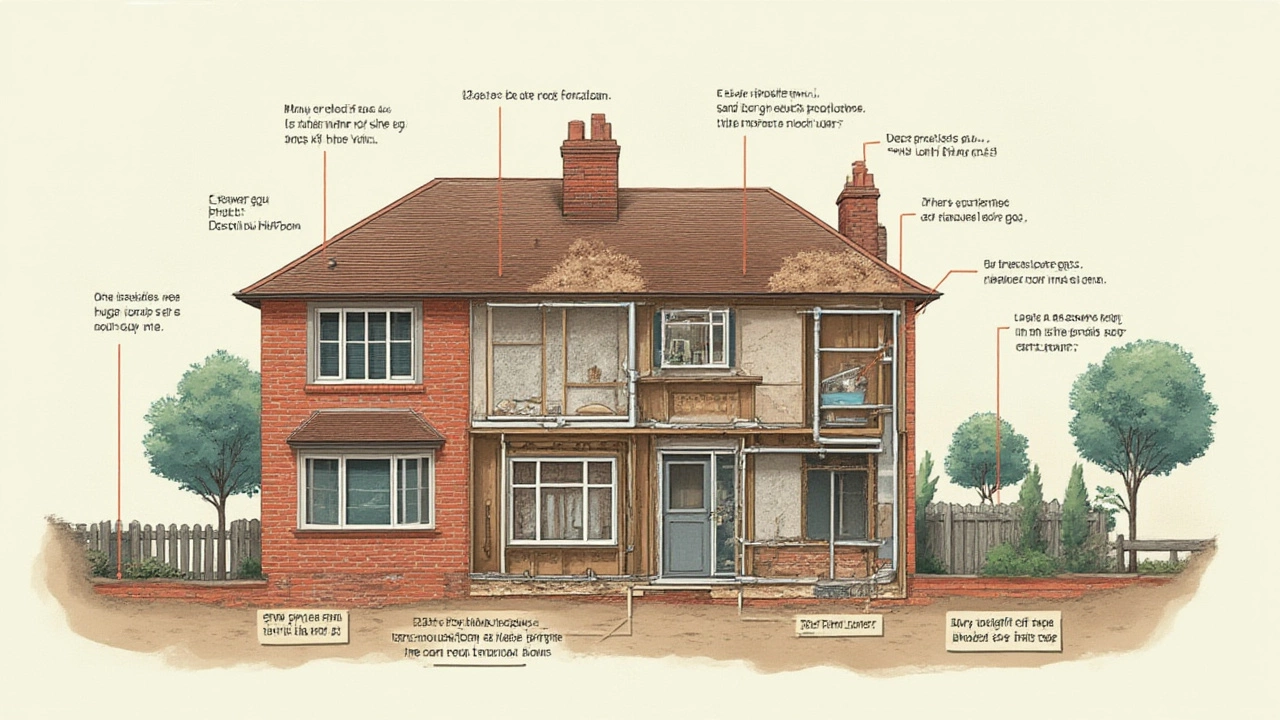
Cracks, Creaks, and Cosmetic Issues That Signal Bigger Problems
You might walk into a house and fall in love with the sunlight or the fresh paint. But the cracks, creaks, and sometimes odd little details speak volumes. Small fissures in the plaster might just be shrinkage—but they can also be stress markers. Especially near window corners, door frames, or at the joining line between walls and ceilings. Don’t ignore persistent cracking, even if it was caulked and smoothed for the sale. In some post-70s homes around Auckland, you’ll find diagonal cracks that trace back to lightweight steel framing or fast-track construction jobs. It all adds up: rushed builds take shortcuts, and cosmetic patches can’t hide the underlying stress forever.
Not all noises are bad, but regular squeaks, clangs, or floors that bounce underfoot scream out for a deeper look. I took Gideon to an open home in Greenlane and he pointed out the tiles moving under his feet. That wasn’t just bad glue—turns out, the substrate underneath was water-damaged and swollen, so the tiles had loosened entirely. Stuff like this also crops up with warped timber, dislodged baseboards, or paint that never seems to dry properly—a telltale sign of moisture trying to make an escape.
Even cosmetic issues that seem trivial—like bubbling wallpaper, paint peeling from the ceiling, or stubborn window condensation—can be early warning signals. Sometimes, all it takes is asking the agent why there’s mismatched paint on one corner of a living room. Developers and flippers aren’t above a quick lipstick job. Do a slow scan of every surface, even run your hand along walls and corners, and try nudging suspicious tiles or pressing gently near skirting. The more thorough you are, the fewer surprises after you’ve signed on the dotted line.
Here's a quick list of telltale surface signs worth checking:
- Diagonal cracks running from window or door corners.
- Ripples or waves in exterior weatherboards or cladding.
- Bubbling or peeling paint, especially on ceilings or outside walls.
- Expansion joints clogged with hard filler, not flexible material.
- Persistent condensation on window glass despite good ventilation.
Surface cracks that keep coming back, windows that never open quite right, and walls that sound hollow when tapped—they’re all just the house’s way of telling you things aren't quite right underneath. Listen to them before you need to listen to an expensive contractor.
Safety Failures: Electrical, Plumbing and Fire Hazards
If you think a house is safe because it’s new or newly renovated, think again. Faulty wiring hides in plenty of homes, especially with our fondness for DIY jobs. I once found wires held together with nothing but electrical tape, dangling above a water heater, in a house passed off as 'recently refurbished.' Shoddy work isn’t just a small risk—it can kill. According to data from MBIE, electrical faults cause dozens of house fires every year in New Zealand. If you spot switch covers that get warm to the touch, flickering lights, or circuit breakers that keep tripping, call an electrician straight away.
Plumbing mistakes also rank high on the oops-list. Dodgy pipes improperly joined behind walls or under floors mean rot and mold, plus the risk of water leaks that only show up when repair is costly. PVC piping that isn’t UV-rated will become brittle and snap behind an exterior wall exposed to sunlight—another thing I’ve seen that cost the owners a fortune. Listen for drips, spot check under sinks, make sure all hot water pipes are insulated, and—most importantly—look for water stains on ceilings and floors. Even small, ‘fixed’ leaks can quickly lead to thousands of dollars in repairs for water-damaged framing and mold remediation.
Fire hazards often fly completely under the radar. Homes without smoke alarms or with missing batteries, poorly placed extraction fans, and blocked insulation around downlights all spell disaster. Always check that smoke alarms are installed on every floor, and that there’s no flammable storage jammed near heaters. Ask about the last electrical inspection, especially in homes over 15 years old—old-school wiring insulation grows brittle with time and, mixed with overloaded circuits, can quietly fry behind the scenes.
It’s also worth remembering that codes change. What was legal and safe in 2000 may not be now. For example, if you buy a house without an RCD (residual current device) on its circuits, you’re skating on thin ice. Since 2003, these devices are required in all new builds—if your house doesn’t have them, make it your first upgrade. Same with bathroom extractor fans; not installing one in a modern bathroom guarantees problems with condensation and mold.
Don’t be afraid to get nosy. Peek in the fuse box, look for missing safety covers, and feel around for warm spots on switches and outlets. If you intend to buy or sell, a full inspection by a registered electrician and certified plumber is well worth it—even if your builder swears everything is tip-top. A little vigilance now easily saves your wallet and your family's safety down the line.
